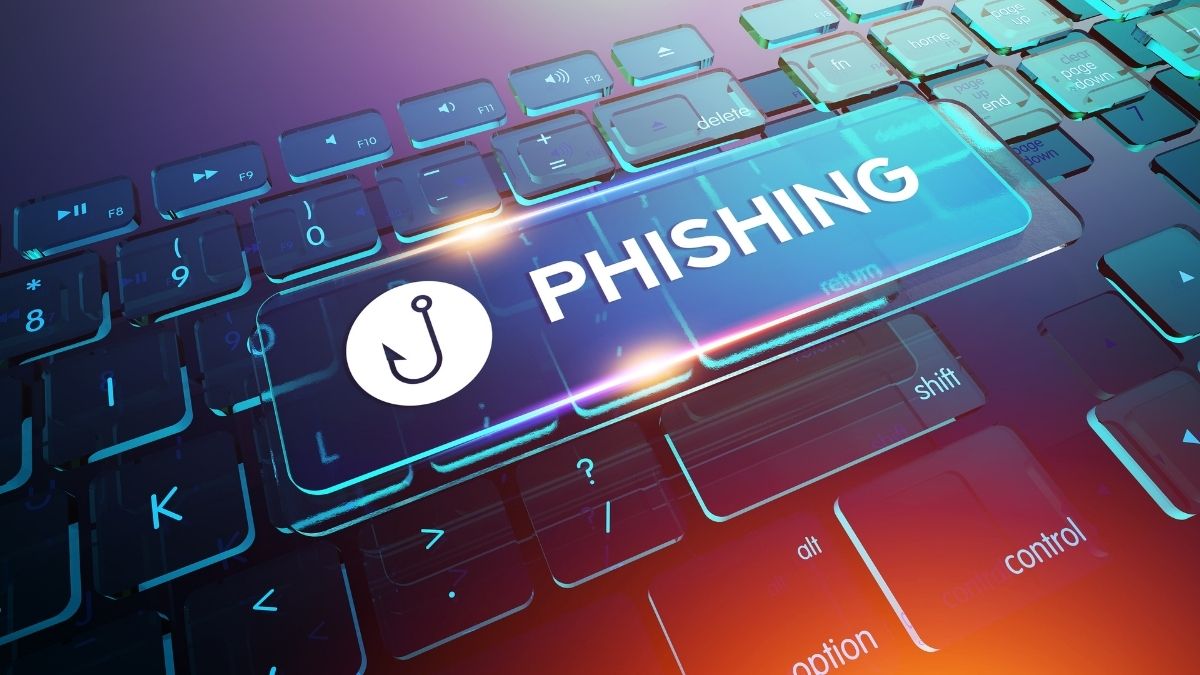
We have all experienced some form of fraudulent provoking us to share sensitive and personal information. Unlike sophisticated hacking, malicious activities also involve users receiving messages or emails rousing them to provide specific details. That’s what we call phishing. In this article, we will talk about it in detail.
Common types of phishing today
You may have experienced one or more forms of phishing but remain unaware that you have been phished.
Since the first phishing at AOL, scammers have derived more ways to entice unsuspecting people to share sensitive information.
Hence, several forms of phishing exist. Here are the most common phishing techniques used globally by different cyber criminals.
Spear phishing
This is among the most commonly used phishing method because it accompanies sheer power and efficiency. Spear phishing can be described as the spears of ancient Chinese as the “King of all Weapons.” This form is specifically used to target individuals and entities.
Initially, hackers will start by learning everything about their targets before throwing the hook. Later, the hacker creates a well-tailored spoof email and sends it to specific individuals.
The objective is often to deliver desired results, and unsurprisingly, it does, at times, captivates recipients. SANS Institute Director stated that more than 95 percent of malicious attacks result from spear phishing. It is also among the top forms of phishing that have become highly sophisticated over the years.
Clone phishing
Similar to plant and any other cloning form you may know, hackers use clone phishing to create an email replica from a genuine one sent from a trusted source. The communication approach, including the structure of the message, is cloned or rather spoofed. However, links or attachments are swapped with malicious versions.
When victims open or click the link, it either installs malware or channels them to spoofed websites. This often allows hackers to access personal information or entice you to share your data. Besides, cloned emails typically create confusion, which results in most people being caught off guard and revealing their data.
Smishing
Also referred to as text phishing, it is another standard phishing method involving text messages sent to targeted individuals. Here, the hacker sends a fake text message to the victim claiming to represent a given entity, such as a lottery host. These hoaxed text messages usually contain a link, directing users to malicious websites.
Most of these sites accompany malware, which installs to a victim’s device once it is opened. The malware plays the role of allowing the hacker to access sensitive information from unsuspecting people readily. Some of the data stolen include pictures, credit card details, passwords, and bank information.
Pharming
At times, you may visit a given website and discover that it is not the site you are looking for. However, it resembles the original webpage or contains identical features. Like clone phishing, pharming is another common type of phishing where hackers create fake versions of legitimate sites. Most people find their way into these sites, mostly when unfamiliar with the actual site’s original domain.
Because the hacker hosts the website, it becomes straightforward for them to access the site’s information. In some cases, hackers can hijack genuine websites and steal users’ data, mostly without the entity’s consent.
Vishing and Social engineering are other commonly used techniques to access personal information from unwary individuals or businesses.
How to spot phishing attacks
Phishing has become a useful tool for hackers to access the personal data of targeted individuals and groups.
However, if you are aware of various signs of phishing, you can readily spot it. That said, here are some typical signs of how to spot phishing attacks.
Spontaneous requests
The primary goal of sending phishing emails is to collect sensitive information, ranging from social security numbers, passwords, and usernames.
You should note that genuine companies rarely request their customers to share personal data over email, text messages, or phone calls. Besides, authentic emails never incorporate attachments or links that require individuals to click.
Any information you receive should solely revolve around the message than redirect you to unknown websites. The email should be specific and never entice you to download attachments. If you receive any unsolicited email, you should be wary and avoid downloading or opening any links sent.
Generic crafted Emails
If you are keen enough, you can quickly spot a spoofed email, especially those written in a general format. Phishing emails are often of low quality, while others contain poor language and grammatical errors. Phishing emails are henceforth full of typographical and these associated errors.
Be it big or small business; you are unlikely to receive plagued emails full of grammar errors, inappropriate punctuations, and poor word choices. This is because these enterprises hire professional writers to create immaculate and error-free emails. Sending scantly crafted text messages and emails is often disadvantageous to the business.
For this reason, if you receive an email that seems out of place in terms of quality, then it is a sign that scammers are targeting you. Most people, however, believe that hackers send these messages randomly and filter their targets. Sequentially, they tend to prey on unwary people who are quickly enticed.
Inaccurate domains names
With most businesses operating online nowadays, they have individual brand domain names used to market products and services. Scammers have thus found an opportunity to manipulate these domains, trap gullible customers and steal their information. In addition, branded domains used in emails are crucial in recognizing the company but tricky when a hacker modifies it.
Learning this trick enables you to identify fake and unsolicited emails, which has become common among hackers. Here, hackers misspell or write an incorrect domain that slightly resembles the entity’s genuine domain at hand. If you fail to detect such inaccurate domain names, you are prone to get caught and fall into the hacker’s trap. Therefore, always check the domain name if you suspect the email seems unreal to you.
Non-branded Email addresses
As mentioned, businesses that send customers different emails tend to brand their domain for security purposes.
Though most spoofed emails use incorrect domain names, some use generic email addresses. Generic, in this case, include @gmail.com or @yahoo.com. In addition, the email sent may contain genuine characters of the organization in the subject or sender name but with a non-branded email address. Legitimate companies use branded email addresses; hence, the email is probably a scam whenever you see a generic address.
Urgency-inducing Emails
Scammers have gone to great lengths to ensure they grab the attention of their target individuals or enterprise. Though email addresses’ open rate and average clickthrough rate of links remain low, hackers still find their way scamming unsuspecting victims.
For instance, if a single hacker sends an email to 4,000 targets, about 700 recipients will open it, and around 100 people will open the link sent.
Scammers understand the statistics behind such cases hence know well that some will fall victim to their activities. This is one way they create urgent or panic-inducing email messages to attract their targets. Mostly, hackers send this kind of email to thousands of people and prey on a good number of them.
Bottom line
Phishing emerges as a scam form where hackers impersonate themselves as legitimate individuals or entities, sequentially stealing sensitive data. Other consequences of phishing include blackmailing and fraud.
From the article, we can see various phishing types used by malicious actors to steal personal data. Besides, these methods have become quite sophisticated since the first event. With recent phishing scams, it is evident that scammers have continually found practical tricks to entice unsuspecting individuals.
The best part is that several ways exist to spot phishing attacks. Learning different methods to identify such cyber-attacks and preventive measures can help you avoid falling victim to cybercriminals. We hope this guide helps you to stay safe from this deadly cyber threat.
Learn more from technology and read Cybersecurity Tips for Remote Workers.




